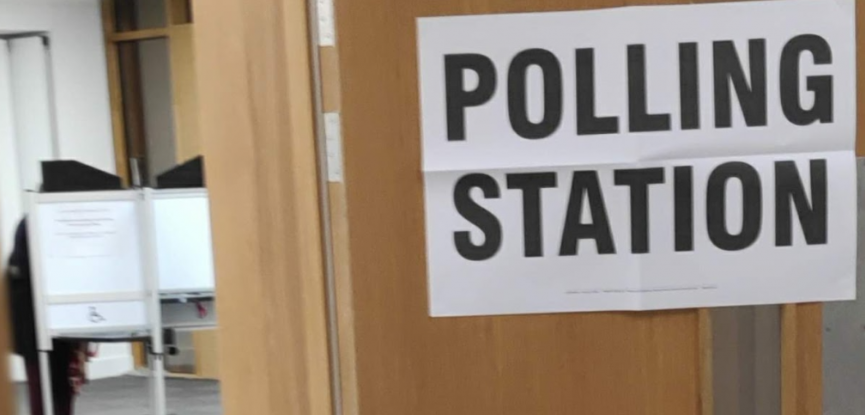Sleepless Knights of the Shires

Political maps of England, whether parliamentary or council, often resemble multi-coloured archipelagos in a sea of blue. While urban areas are battlegrounds contested by all the larger parties, rural areas tilt strongly towards the Conservatives.
This reservoir of seats on which the Cons have been able to rely for multiple electoral cycles gives them a solid base from which to reach for a majority, and leaves the opposing parties – Labour, LibDems and Greens – hoping for an occasional edge. Whatever the reasons for this imbalance – difficulties in recruiting campaigners, tougher communication challenges, entrenched views in established communities – it has been a part of political algebra for a long time.
Will this continue to be the case? While data points at parliamentary level are hard to come by, there is a steady stream of by-elections at council level we can analyse.
From May to August this year, there have been 36 council by-elections across England in seats held by the Conservatives: 15 urban, 21 rural. Looking just at wins, the results are similar: the Cons successfully defended 4 (36%) urban seats, and 6 (40%) rural seats.
As part of wider analysis of council by-election results, I have developed the Safe Ward Index (SWI), evaluating on a scale of 0-100 how safe a party’s control of a ward. It is calculated using a weighted history of the last four electoral cycles in the ward.
In urban seats, the average SWI for Con holds is 97.8, and for losses 59.6. This makes sense: the Cons are successfully defending very safe seats, while struggling in marginal seats where other parties have had past successes.
In rural seats, the average SWI for Con holds is 92.3, and for losses 90.7. In rural areas, the Cons are losing seats at a significant rate, in wards which should be as safe for them as the ones they are holding.
While the sample is not huge, this does look like a significant performance gap. If this continues at council level, then there could be an unexpected danger for the Cons in next year’s council elections in rural shire districts; and if it continues up to parliamentary then Westminster arithmetic may change drastically.
While it is difficult to say definitively why this is happening, I can offer some speculation as to possible causes:
1. Brexit. There is some evidence that farming communities, and rural populations, are less than happy with the results of Brexit. Loyalty to the party that sold them Brexit may be waning.
2. Changes in the Conservative party principles. Over the past few years, the Cons have shifted their focus from the principles and policies that have historical resonated with communities like these towards the urban, working class voters of the ‘Red Wall’.
3. Tactical alliances and tactical voting. In some areas, the progressive parties have been exploring electoral alliances, implicit or explicit, to target the Cons. And voters too seem to be getting more aware of how to choose the most viable challenger to unseat the Cons.
4. Working from home. Significant numbers of progressive, well-educated voters who lean towards the parties of the left are often in urban employment. As working practices evolve post-pandemic, those who have commuted from rural areas may have seen considerable of time freed up from commuting which could be diverted into campaigning, or becoming a councillor. And those living within the urban area they work in may have now had an opportunity to shift their work-life balance and move out to the countryside, with similar resulting choices.
James Doyle
James Doyle is a former councillor and parliamentary candidate from West Sussex with 30 years experience running and analysing elections for the LibDems and Greens.
PS – although there have been some by-elections in September, the May to August period used above is a convenient breakpoint, which could then be followed by Sept-Dec and Jan-Apr periods. If you want the full picture up to date, then the SWI figures are (urban) 97.8 for holds and 62.3 for losses, and (rural) 92.3 for holds and 88.9 for losses. So, very similar to the figures above in any case.